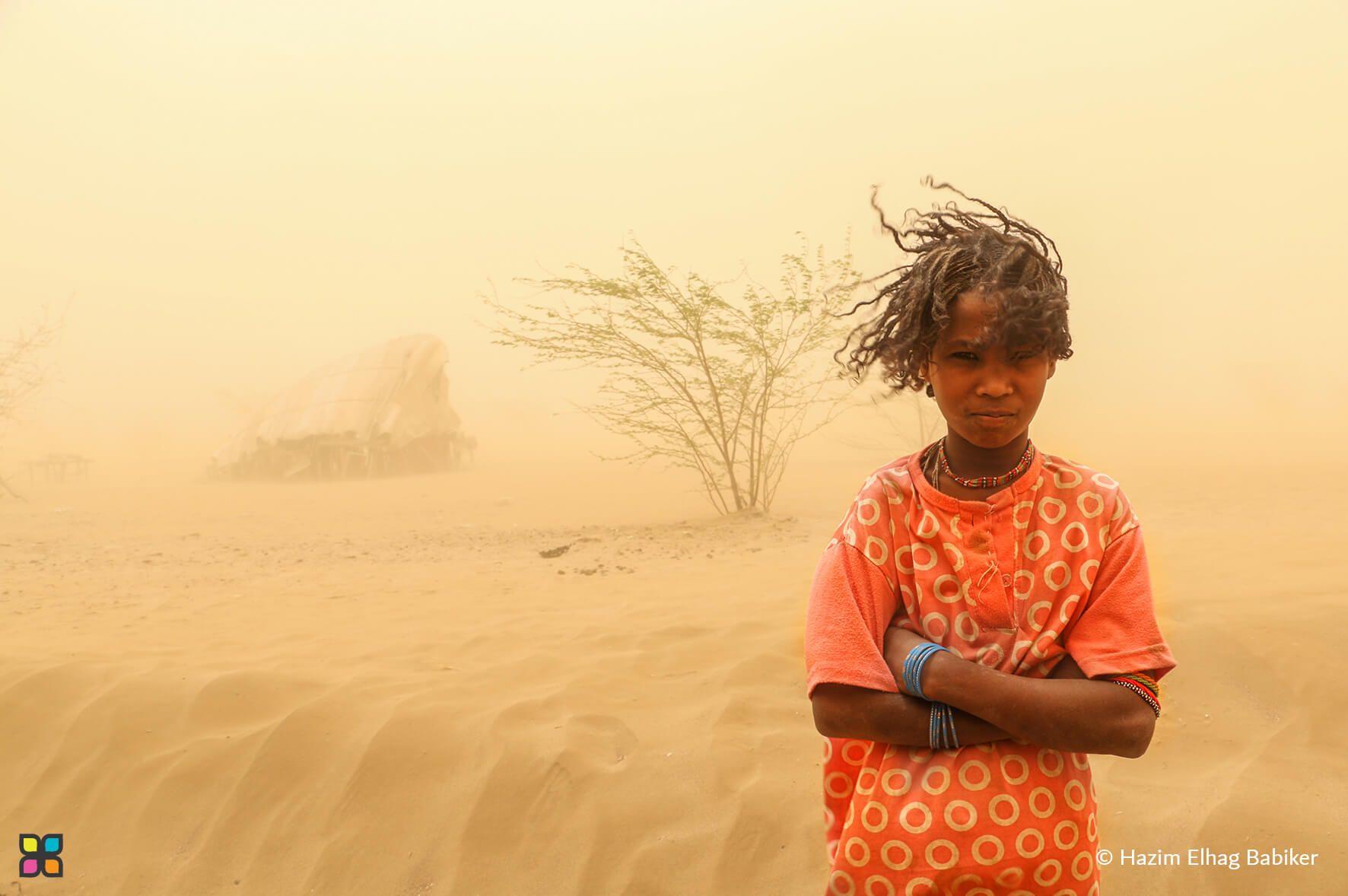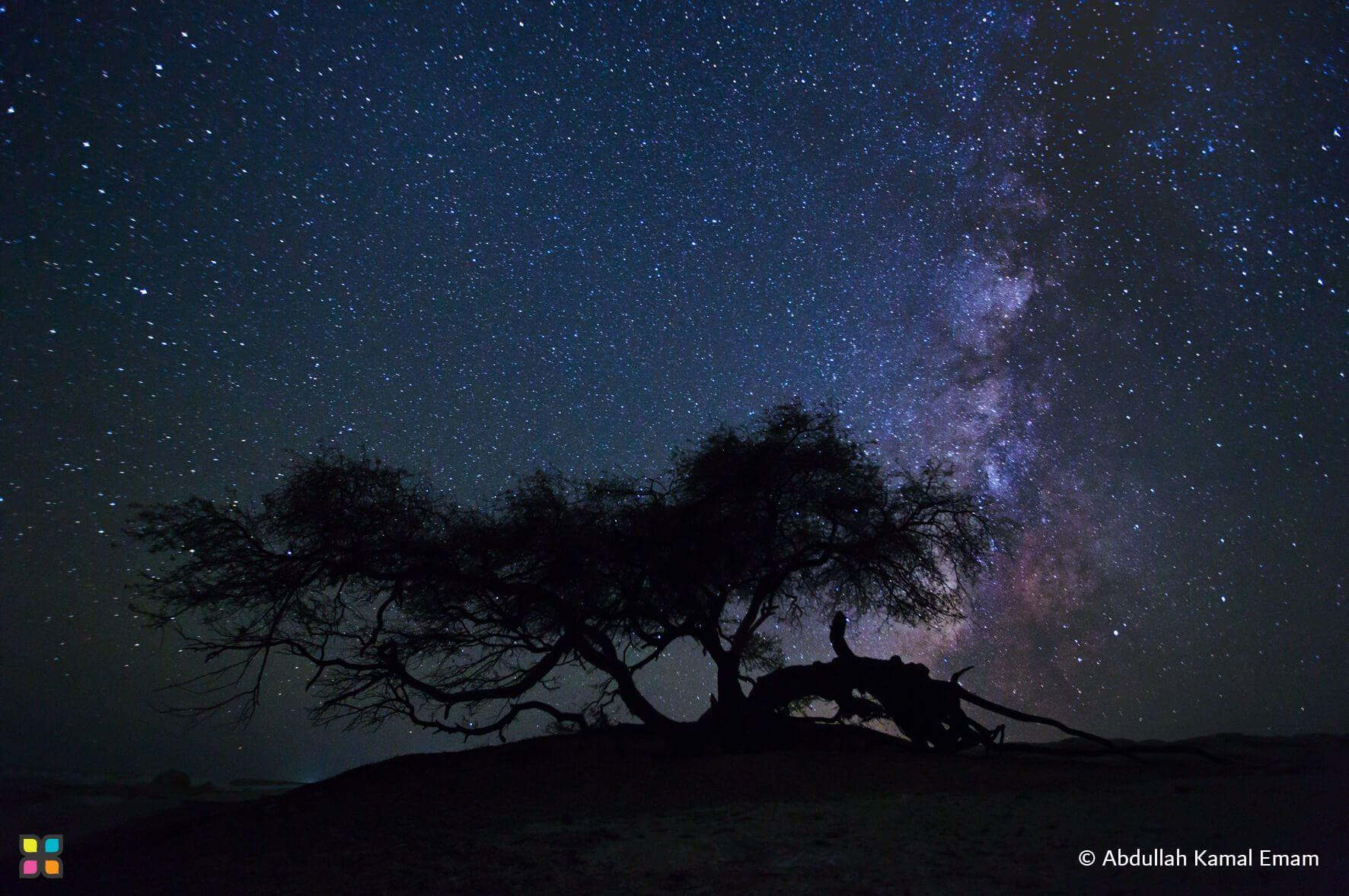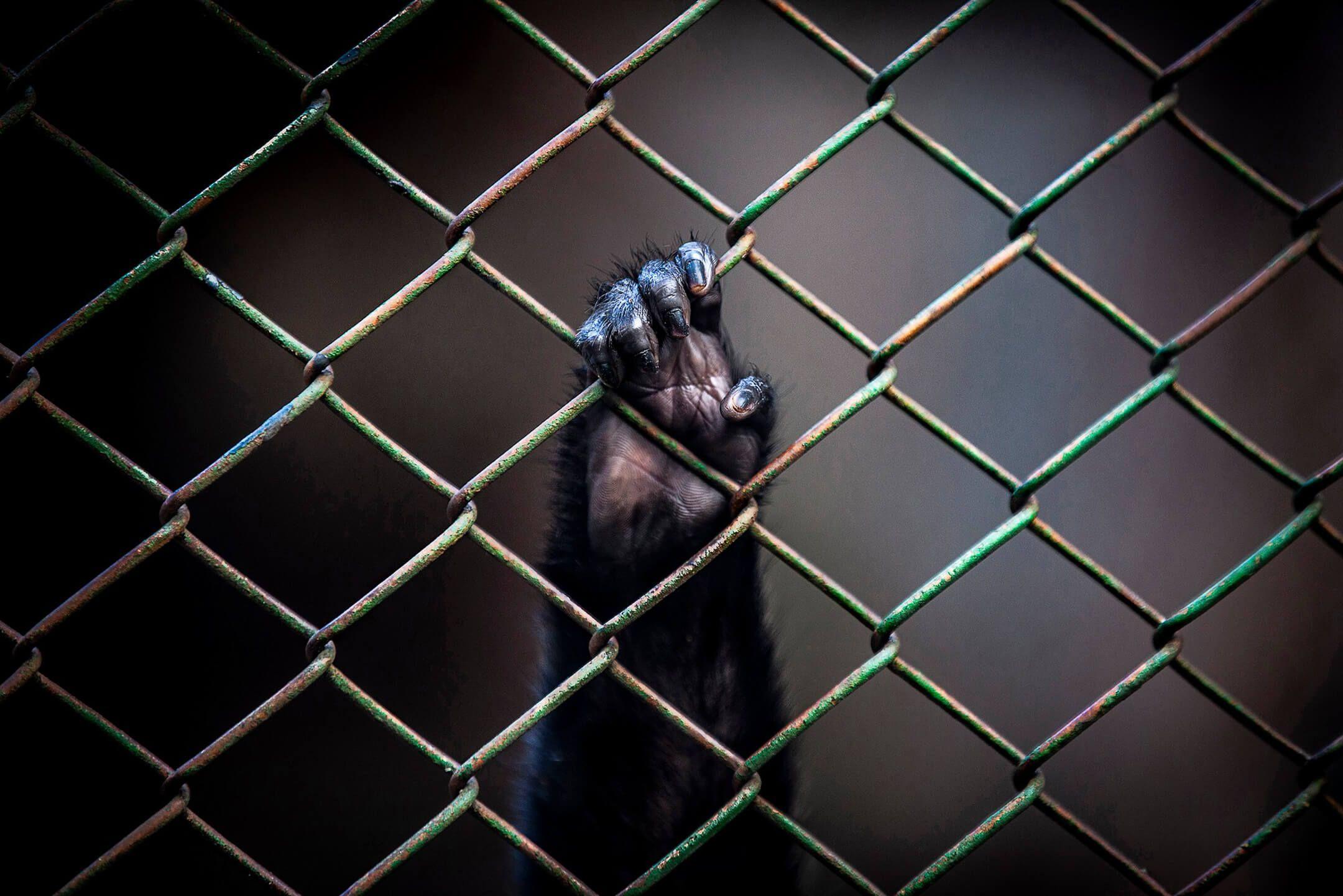Humanity first stepped onto the Moon’s surface on July 20, 1969. Since then, a steady stream of bold astronauts from around the world has expanded humanity’s view of the cosmos with space missions. Abu Dhabi-born Sultan Saif Al Neyadi became the first Arab to fly an extended mission to space on his six-month tour of the International Space Station.
Lunar experiments have yielded an incredible legacy, including a deeper understanding of the Earth's and the Moon's geological compositions. It turns out that moon rocks hold billions of years more information than those on Earth.
Lunar exploration also gave birth to new technologies. The space blankets they used are now used as emergency blankets, a new food processing measure to ensure the quality and longevity of food was implemented for the first time, and shock absorbers used for Apollo spaceships are now used to protect against earthquakes around the world.
The Moon is more than just a rock. On July 20th, International Moon Day, let’s remind ourselves of the greater things that humanity is capable of by looking at the Moon.
Most Popular
The Climate Tribe delivers stories about Biodiversity and Conservation, Circular Economy, Food and Water , and how they intersect with climate.
Subscribe
Get the latest stories inspiring climate action around the globe straight to your inbox.







